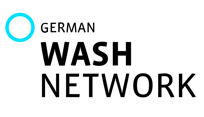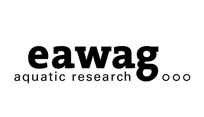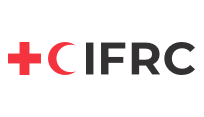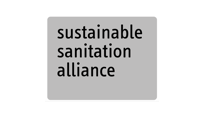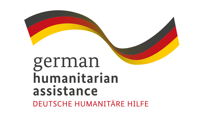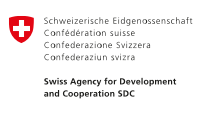The SWM in Humanitarian Contexts online platform consists of four parts:
Part 1: Preparing for SWM
Part 1 introduces three key areas to consider before implementing SWM: waste prevention, waste separation and assessment. The section on waste prevention describes the waste management hierarchy, based on the principle of reduce, reuse and recycle (3R); it also includes aspects of green procurement, the importance of behaviour change, and advocacy for SWM. The waste separation section includes initial waste segregation and subsequent waste sorting. These processes support the treatment of different waste types according to their characteristics, the opportunity to recover valuable and usable materials from waste and the ease of handling reduced waste amounts. The assessment section covers all aspects related to the initial (and continuous) gathering of information about the amount and composition of the waste generated, the existing SWM infrastructure, actors, legal frameworks, and health and environmental risks that help to inform SWM strategies and interventions and to forecast future needs.
Part 2: Domestic SWM Service Chain - Technology Overview
This core part of the platform is a comprehensive compilation of relevant SWM technologies that can potentially be used in a wide range of humanitarian contexts, ranging from acute response to longer-term stabilisation and recovery settings. The technologies are categorised, ordered and colour-coded according to the stage (or functional group) of the SWM service chain to which they belong (Storage, Collection and Transport, Treatment and Recycling, Use and Disposal). The technology section contains 28 “Technology Information Sheets”. These standardised summaries of each technology provide the Compendium user with an overview of the basic working principles and design considerations. Key information about each technology’s applicability, cost implications, space and materials needed, and operation and maintenance requirements is also included.
Part 3: Cross-Cutting Issues
This part presents cross-cutting issues and background information to address when making technology and design decisions. The ten sections include the institutional and regulatory environment, occupational health and safety, market-based programming, hygiene promotion, advocacy, as well as protection, accessibility and conflict sensitivity considerations and links to various other humanitarian sectors and thematic domains.
Part 4: The Management of Special Waste Types
This platform focuses on the management of domestic and municipal solid waste, including non-hazardous commercial and institutional waste. However, other waste types are found in humanitarian contexts. This part therefore provides more detailed information on the management of specific wastes such as disaster waste, hazardous waste, menstrual and incontinence waste or medical and health care waste.
